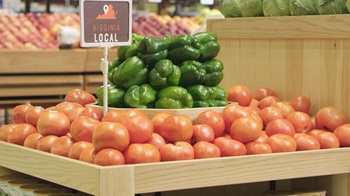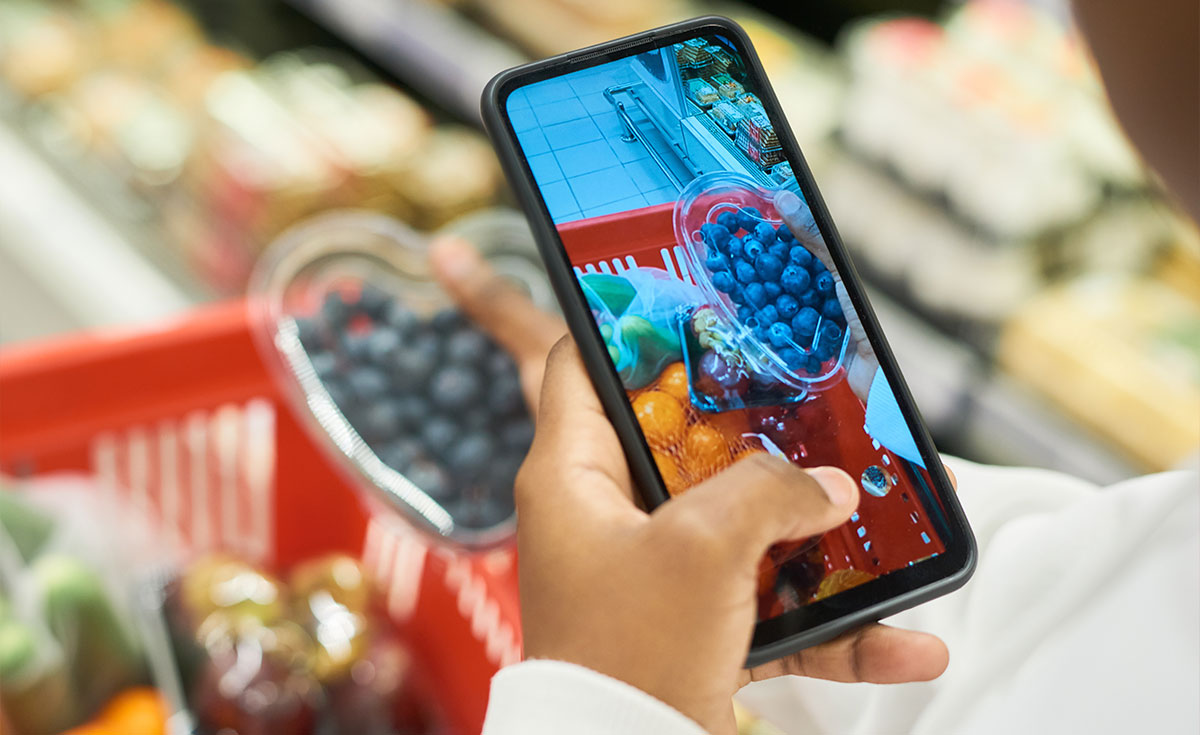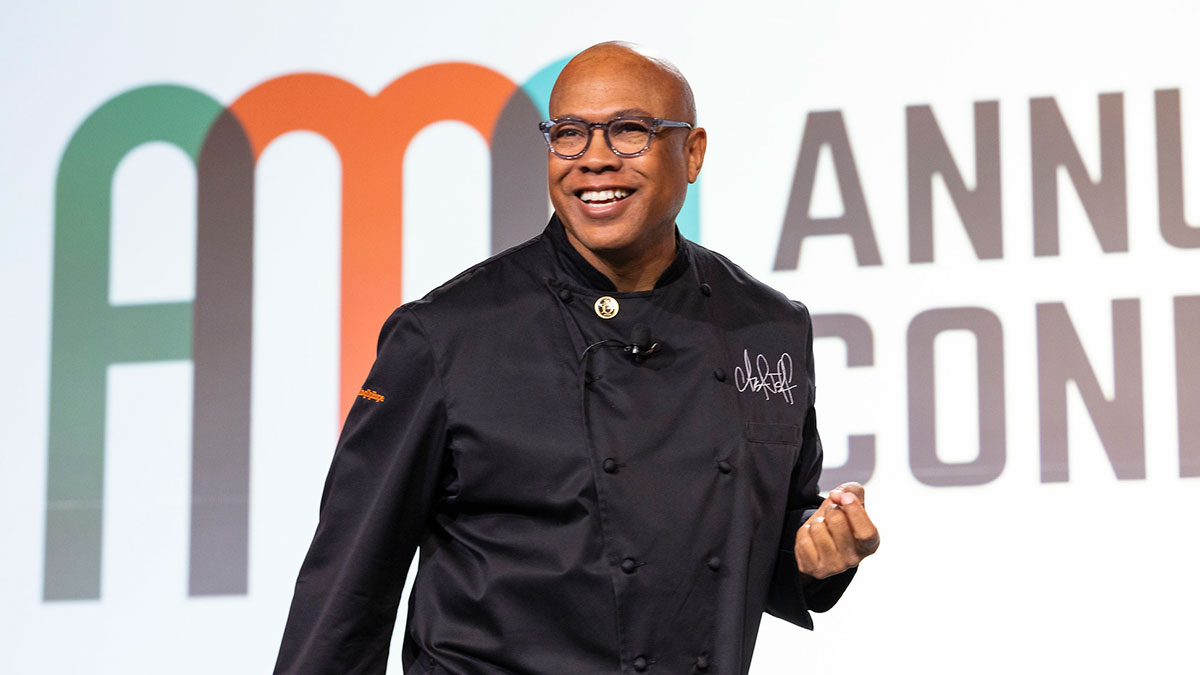By Rick Stein, Vice President of Fresh, FMI

This year began with the hope that society will gradually return to pre-pandemic normality — but some things will not revert back.
One of the trends likely to stick is increased consumer interest in home-based meals — especially those incorporating fresh foods.
This point emerged from a recent discussion I had with John Ruane, senior vice president and chief merchandising officer, The Giant Company. John is an insightful leader who not only plays a key role at his company, a unit of Ahold Delhaize, but also chairs FMI’s Fresh Foods Leadership Council (FFLC), comprised of fresh industry senior executives.
Consumer Behaviors Will Endure
John emphasizes that fresh foods is well positioned for this evolving landscape.
“I think there’s no going back to the way it was — the normal has changed,” he said.
While John expects people will return more to restaurants once the COVID-19 pandemic subsides, he predicts consumers will continue to prioritize home-based meals.
“People have learned it’s easy to cook at home, be with family, and eat meals for pennies on the dollar,” he said.
One of the most positive changes has been increased engagement by younger consumers with supermarkets— a shift that will last, he said.
Evaluating Key Trends from 2020
The parts of the food retail business most challenged by the pandemic have included self-service departments and products related to entertaining — such as large cakes, John said.
However, even in the face of a health crisis and recession, some high-end segments fared well.
“Who would have predicted that in a pandemic specialty cheese and charcuterie would be in great demand?” he asked. “It’s partly because people couldn’t go out to nice restaurants, so they were replicating meals at home.”
Link Between Ecommerce and Fresh
The surge in ecommerce during the pandemic has long-term positive implications for fresh foods, John said.
“We know customers who use ecommerce, including through delivery and pickup, are more likely to be fresh foods customers,” he explained. “So, ecommerce is good from a fresh perspective. Any time you can save customers time and money it’s a good thing.”
Benefitting From Industry Efforts
The fresh foods industry has been actively engaging through FMI to make progress. John pointed out that the FFLC has increasingly addressed a wide range of industry and consumer topics.
He cited the importance of FMI’s annual fresh industry event called FreshForward, a forum for senior leaders. The 2021 FreshForward is slated for August 17 to 19 in Minneapolis. The conference is known for identifying solutions to key fresh industry challenges through thought leadership and signature breakout discussion sessions.
“In times of change, this is needed even more than before,” he said. It’s important to understand products, supply chain, customer insights and other dynamics related to the future.”
Next Steps for the Industry
John is a great leader and makes some excellent points. I especially like his perspective about the long-term directions for fresh foods as we gradually transition to the other side of this COVID-19 pandemic.
“Fresh will continue to be a growth engine as things subside,” he said. “Fresh is the center of the plate and it’s what people prefer.”
I believe the pandemic period has underscored this point, and the industry needs to stay flexible as consumer behaviors evolve. Fresh foods will shine as long as we make the right moves for our customers.


 Industry Topics address your specific area of expertise with resources, reports, events and more.
Industry Topics address your specific area of expertise with resources, reports, events and more.
 Our Research covers consumer behavior and retail operation benchmarks so you can make informed business decisions.
Our Research covers consumer behavior and retail operation benchmarks so you can make informed business decisions.
 Events and Education including online and in-person help you advance your food retail career.
Events and Education including online and in-person help you advance your food retail career.
 Food Safety training, resources and guidance that help you create a company food safety culture.
Food Safety training, resources and guidance that help you create a company food safety culture.
 Government Affairs work — federal and state — on the latest food industry policy, regulatory and legislative issues.
Government Affairs work — federal and state — on the latest food industry policy, regulatory and legislative issues.
 Get Involved. From industry awards to newsletters and committees, these resources help you take advantage of your membership.
Get Involved. From industry awards to newsletters and committees, these resources help you take advantage of your membership.
 Best practices, guidance documents, infographics, signage and more for the food industry on the COVID-19 pandemic.
Best practices, guidance documents, infographics, signage and more for the food industry on the COVID-19 pandemic.
